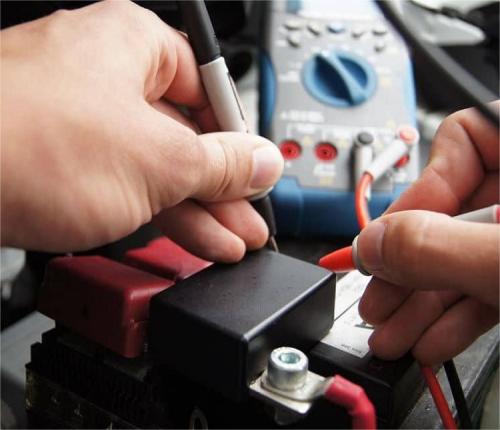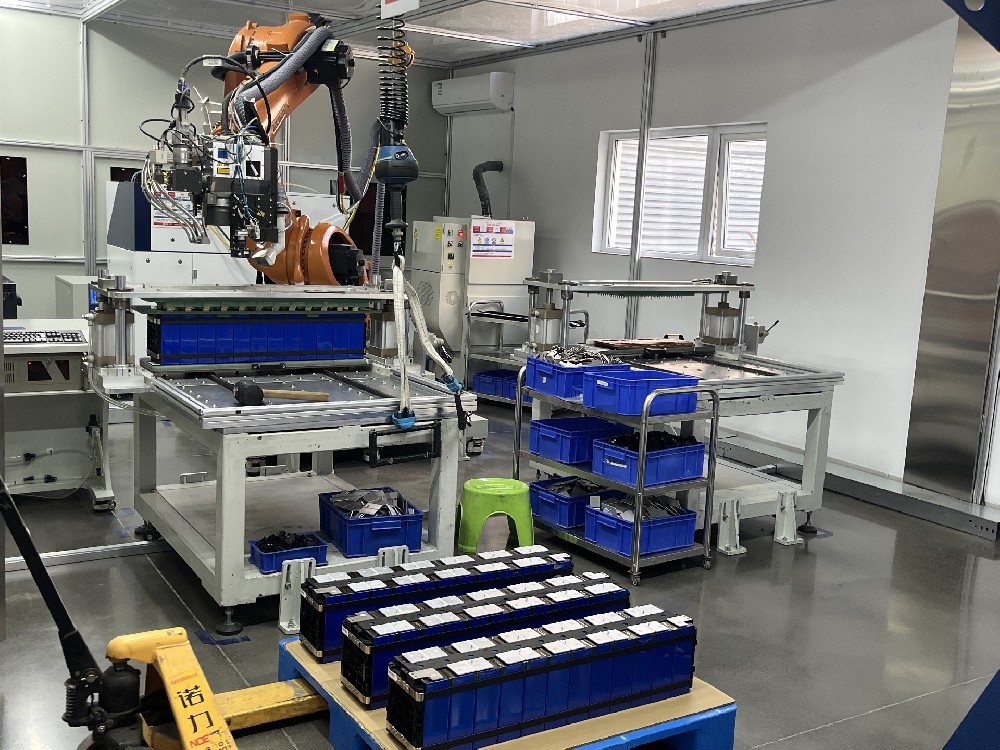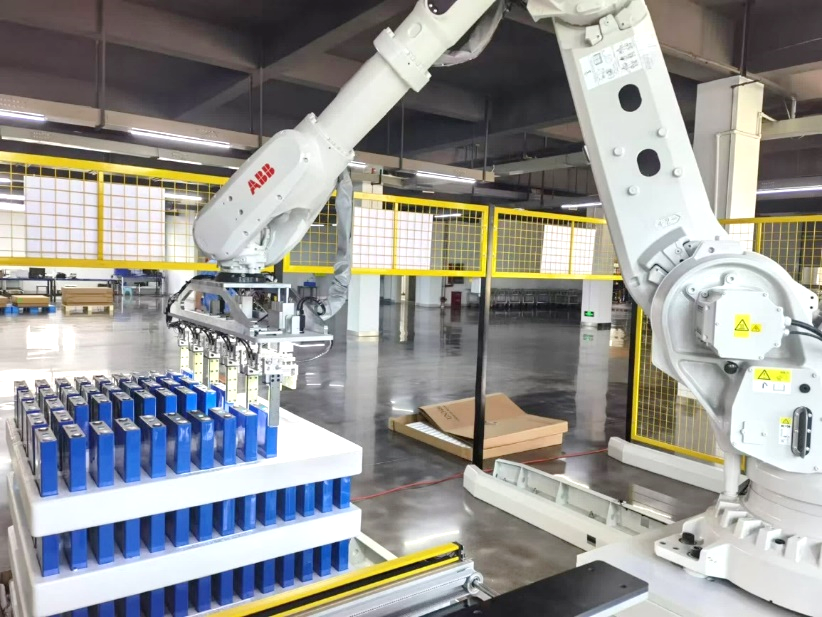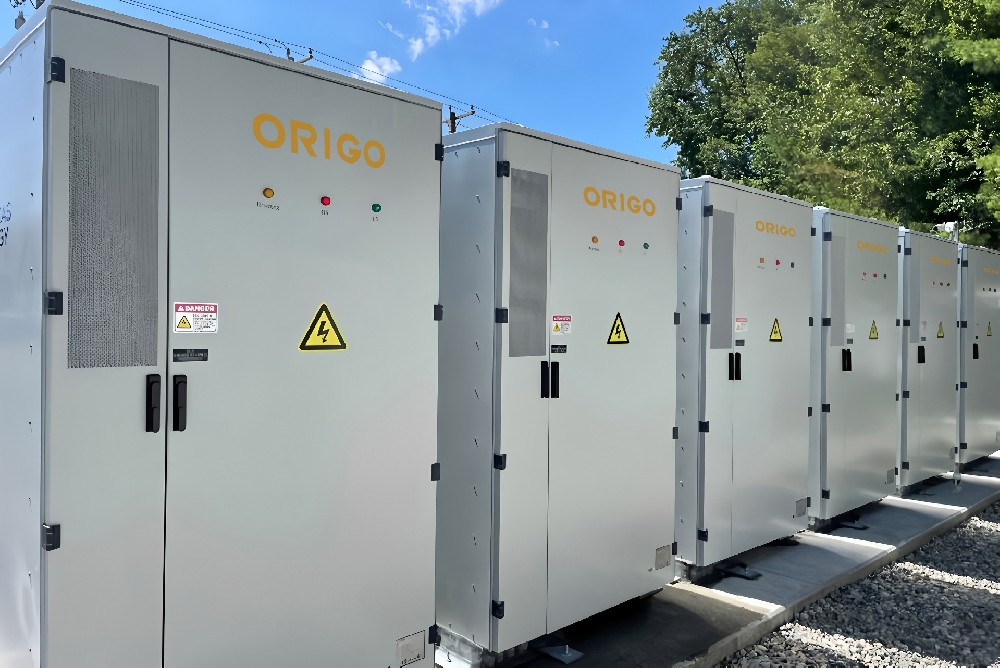Lithium-Ion Battery Care Guide
• Global Market: The global energy storage battery shipment volume is expected to reach 300 GWh in 2024, with a compound annual growth rate of 82.6% from 2020 to 2024. It is projected that the global energy storage battery shipment volume will reach 1,400 GWh by 2030. In 2024, the global energy storage battery shipment volume will consist of 78.3% grid-scale energy storage and 18.3% behind-the-meter energy storage.
• Chinese Market: The Chinese energy storage battery shipment volume is expected to reach 153 GWh in 2024, with a compound annual growth rate of 87.4% from 2020 to 2024. China is the world's largest energy storage market, and it is estimated that the new installed capacity will still exceed 43 GW in 2025.
Analysis of the Industrial Chain
• Upstream: It mainly includes , and other related materials. Cathode materials include lithium iron phosphate and ternary materials, etc.; anode materials are mainly artificial graphite; electrolyte and separator are also important components.
• Midstream: It involves energy storage battery manufacturing and system integration, including the production, assembly, and testing of cells, as well as battery packs, battery management systems (BMS), energy management systems (EMS), and power conversion systems (PCS), etc.
• Downstream: Energy storage batteries have a wide range of applications, including power generation side, grid side, and user side, etc. The power generation side mainly involves wind and solar energy storage; the grid side is used for peak shaving and frequency regulation; the user side covers industrial and commercial energy storage, household energy storage, communication/data centers, etc







